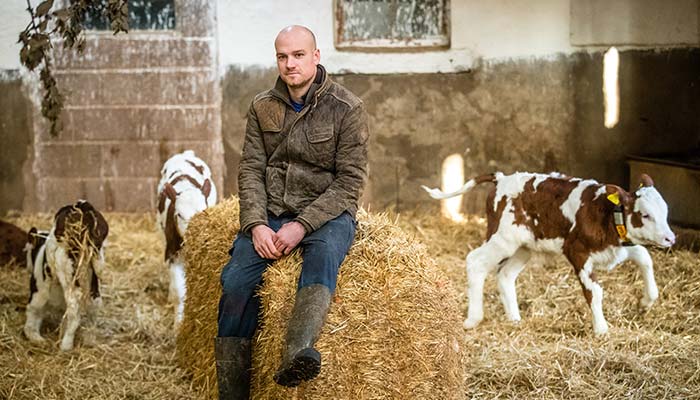Revitalising the landscape

Nature through a new LENs
In recent years, many businesses have come to realise that their long-term ability to survive depends on the condition of the natural systems and landscapes in which they operate. Put simply, a business’s impact on the environment can determine the environment’s impact on that business.
Landscape Enterprise Networks (LENs) facilitate businesses working together to influence the quality and performance of their mutual natural setting. The model helps businesses to gain an understanding of ways to reverse nature degradation by collaborating with other businesses to derive different benefits from the same landscape.
LENs in focus
Step 1
Identify the most promising place to start building a landscape enterprise network. This entails determining what the natural assets of an area are; what functions those assets can perform; and who might benefit from the functions of those assets.
Step 2
Create a ‘collaborative value chain’– by identifying the needs of businesses that might benefit from using the landscape’s natural assets; gaining an understanding of those businesses’ common requirements for the natural assets; engaging a service provider to work on behalf of the farmers to design a budget and plan that will meet the needs of those businesses; and bringing the demand and supply sides together in an agreement.
Step 3
Creating the first network generates momentum and interest. This leads naturally to extending the first network, by attracting more customers and suppliers, and building the next. As the networks grow and increase in complexity, an organisational infrastructure will become necessary to manage and broker trades in an open, fair and locally accountable way.
Additional benefits
In addition to businesses, the mutual benefits of LENs can also be felt across sectors. So, for example, benefiting the agri-food sector might also bolster housing and related infrastructure, water utilities and hospitality. As these various parties come to understand their dependencies, they become willing to co-invest.
This achieves efficiencies of scale, a much bigger investment pot to pull from, and efficiencies of multiple outcomes. So, for example, an intervention aimed at reducing carbon emissions, might also deliver better water conservation and healthier habitat at the same time.
How are we using LENs?
-
It’s brilliant to be resilient A sustainable dairy industry must improve or maintain water and soil quality as well as biodiversity. It must be resilient to new diseases, meet social expectations, offer farmers a livelihood and provide accessible and affordable dairy products to consumers.Read more about the project
The Resilient Dairy Landscapes project is exploring ways to achieve all of these things in the face of unpredictable environmental, climate and societal change.
-
What’s the plan? Through the Nestlé Milk Plan, young farmers improve their understanding of the global dairy industry and of their own supply chains from field to consumer. They learn practical tools and gain the confidence to help them succeed.




